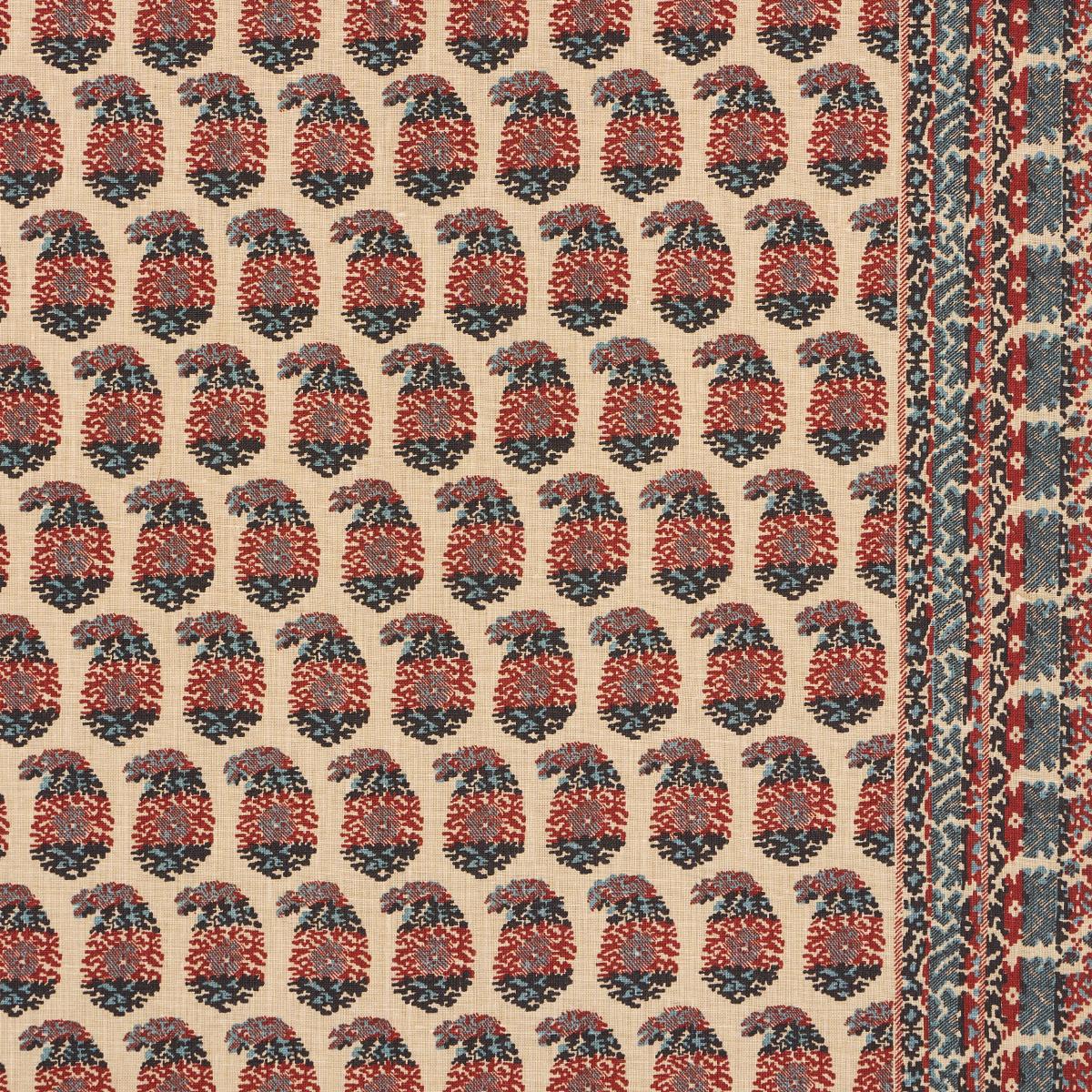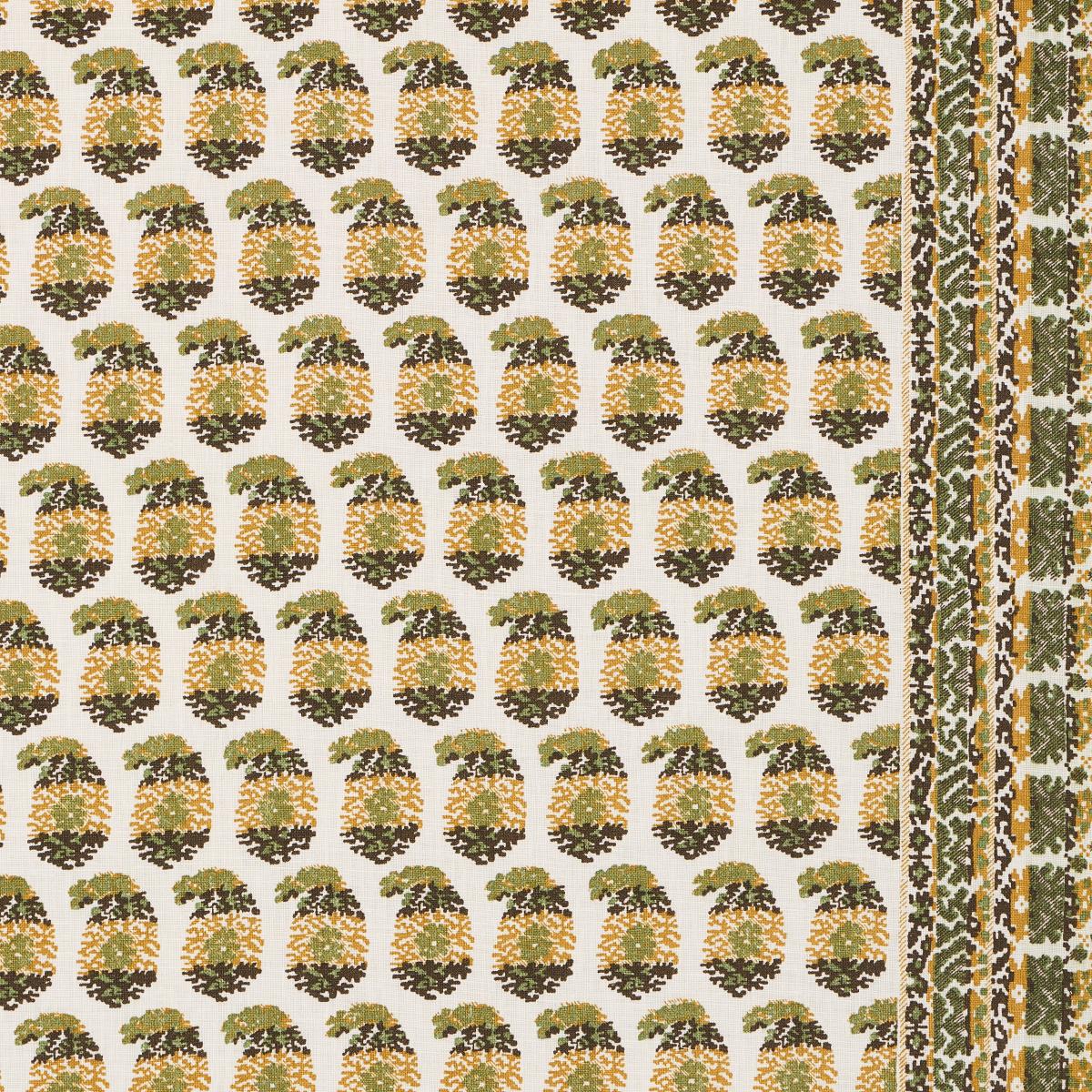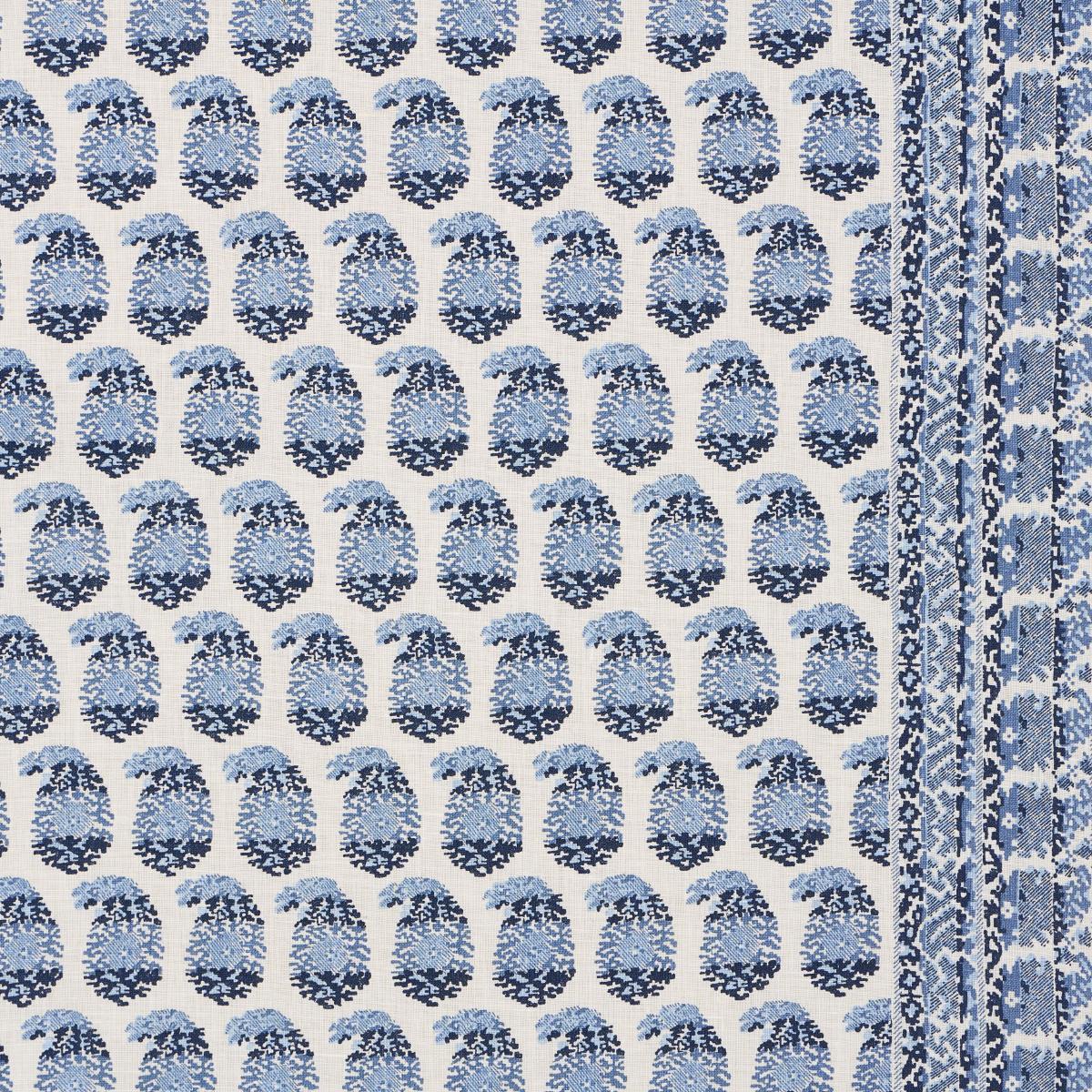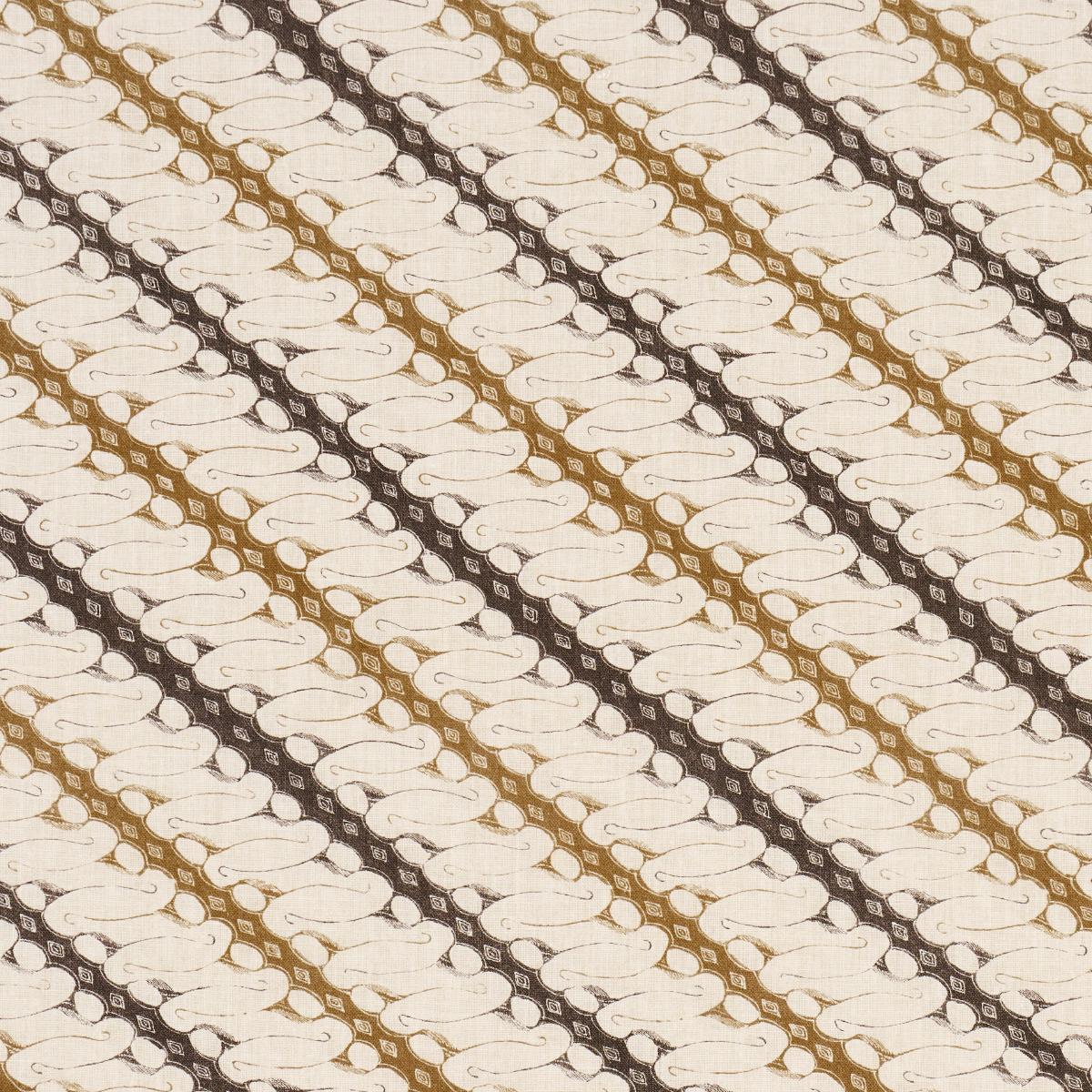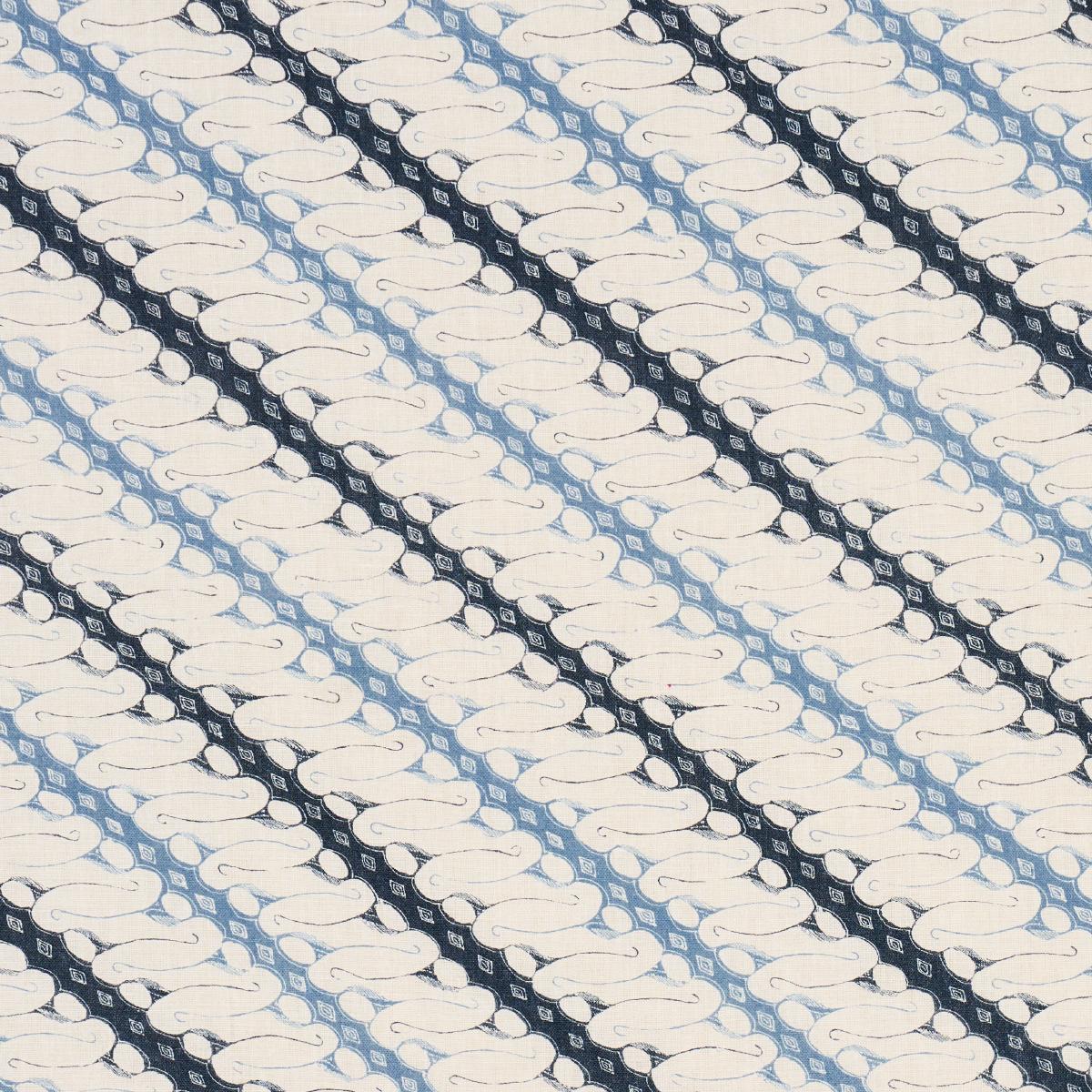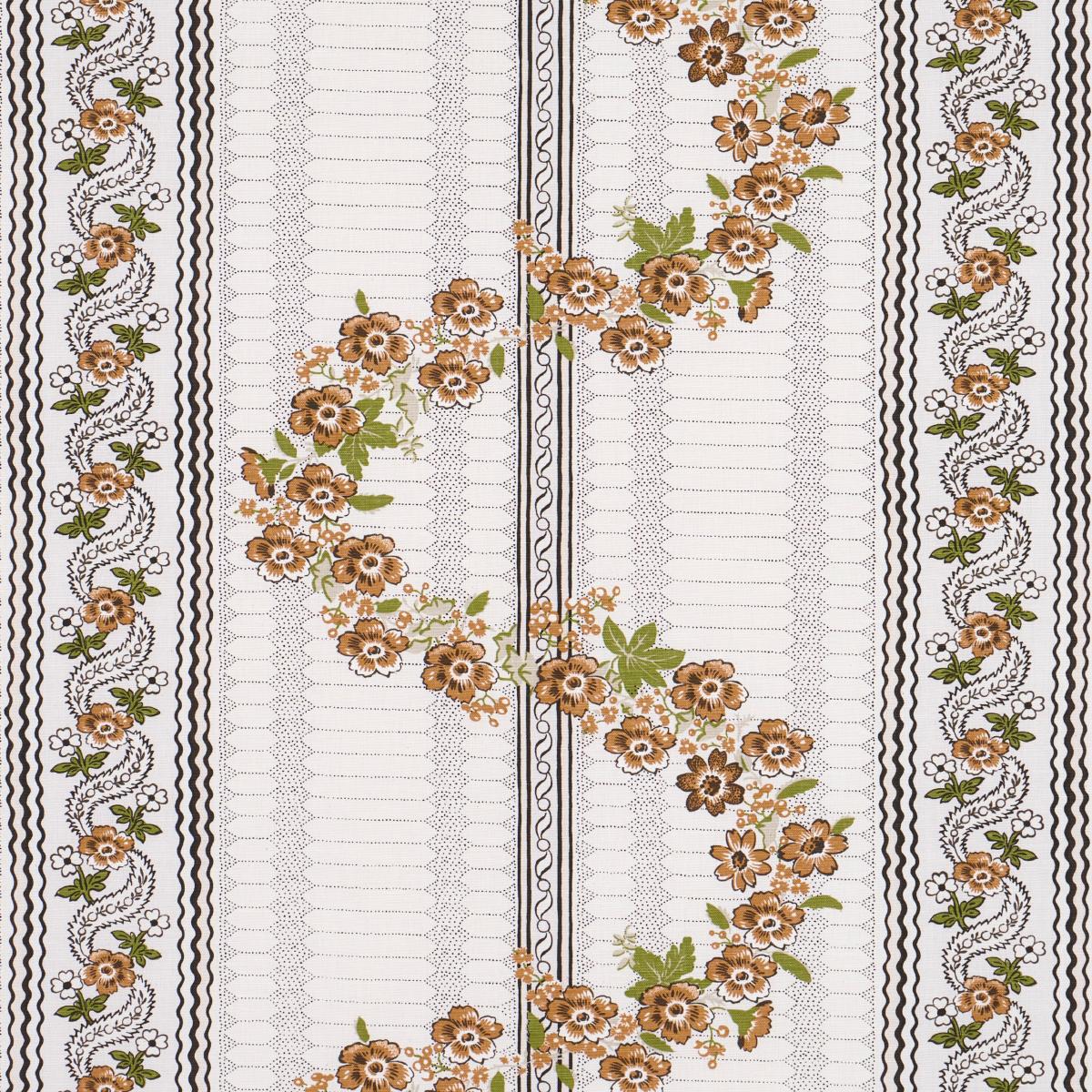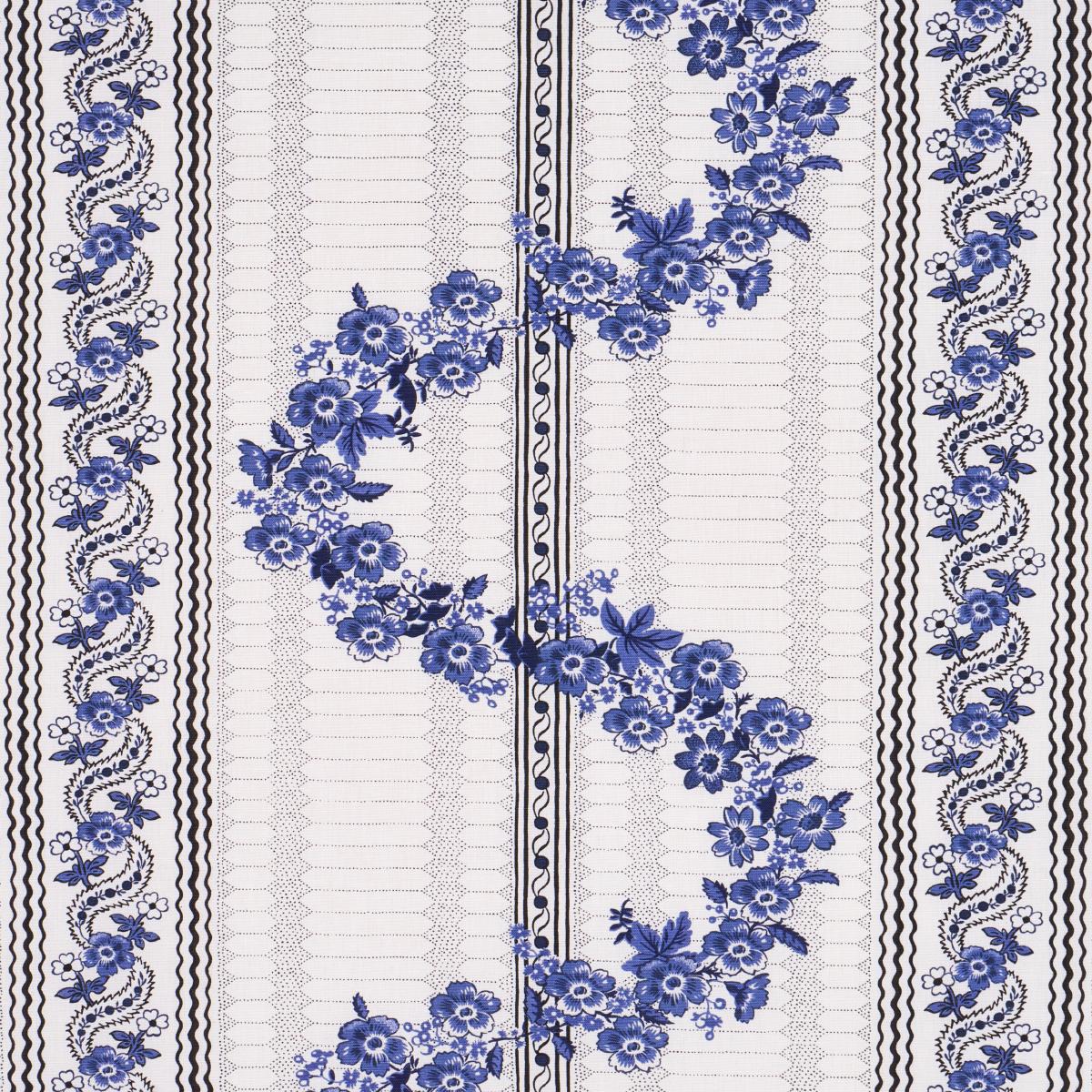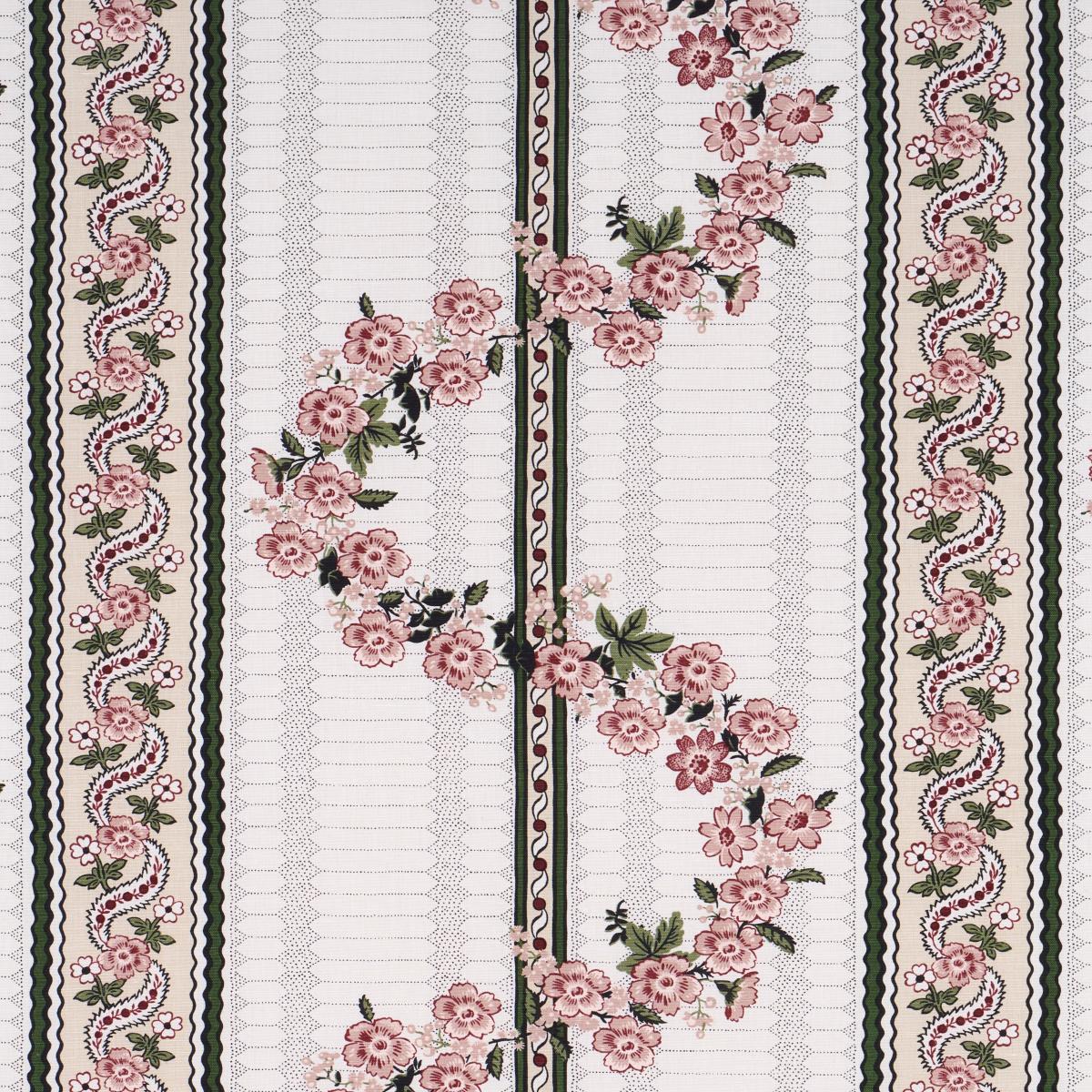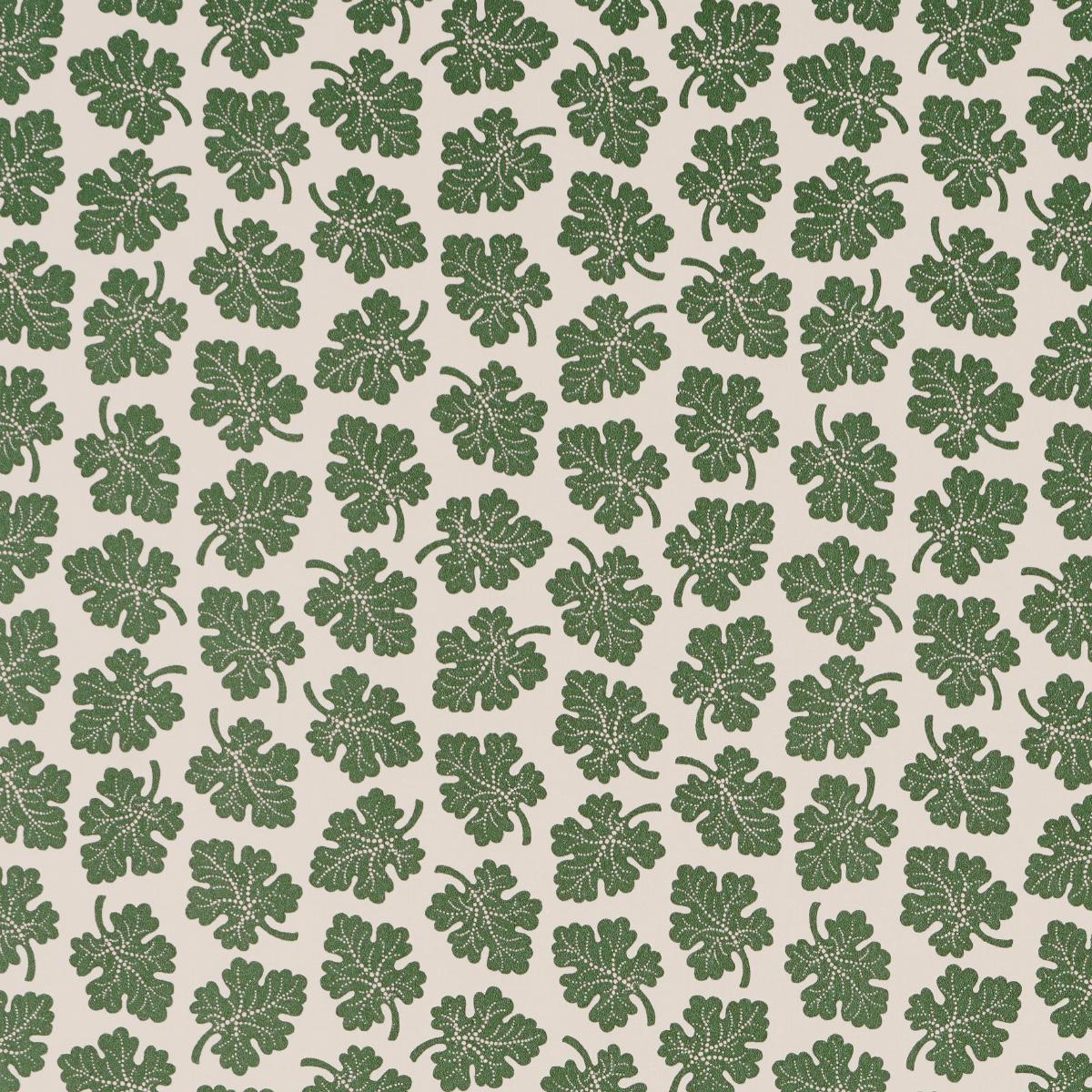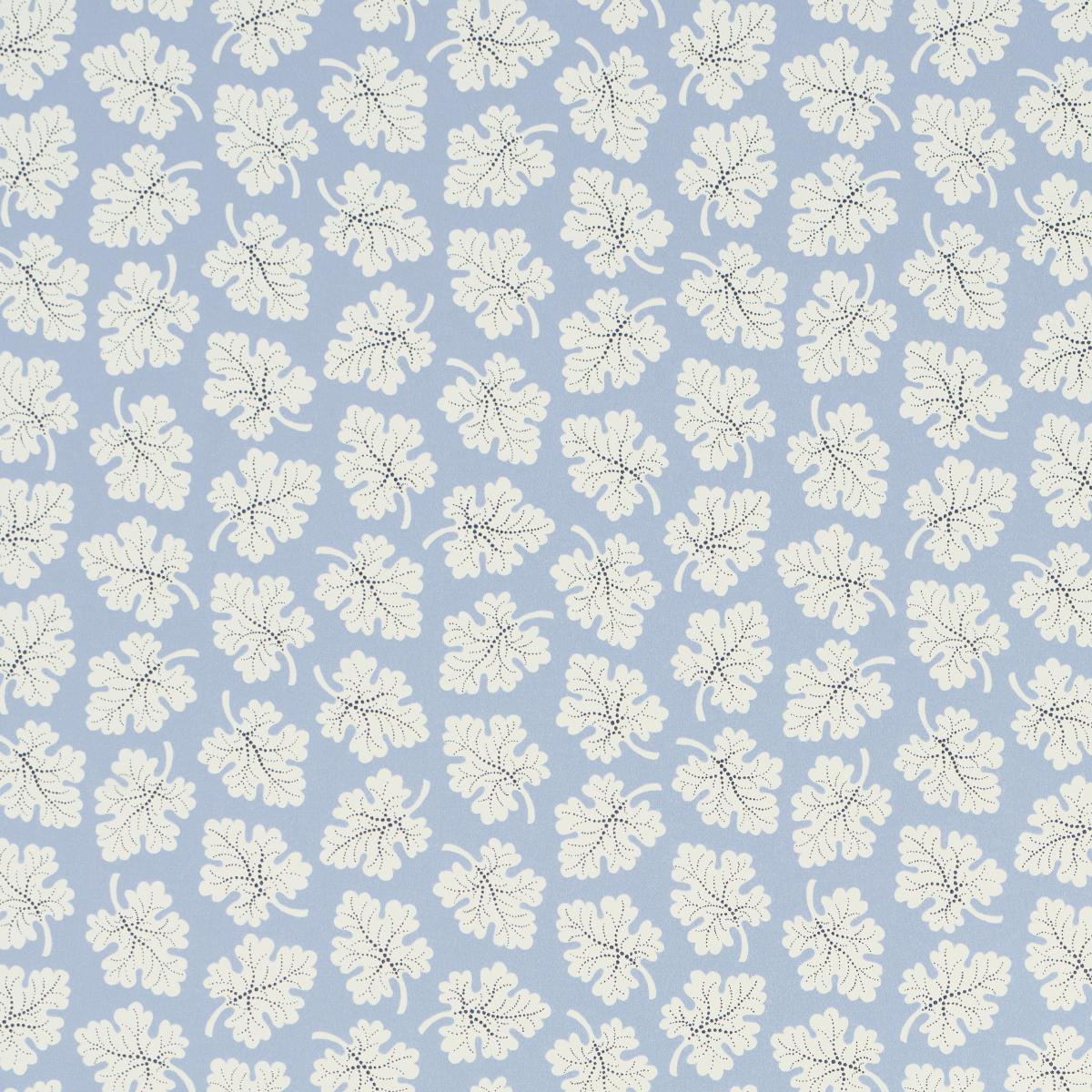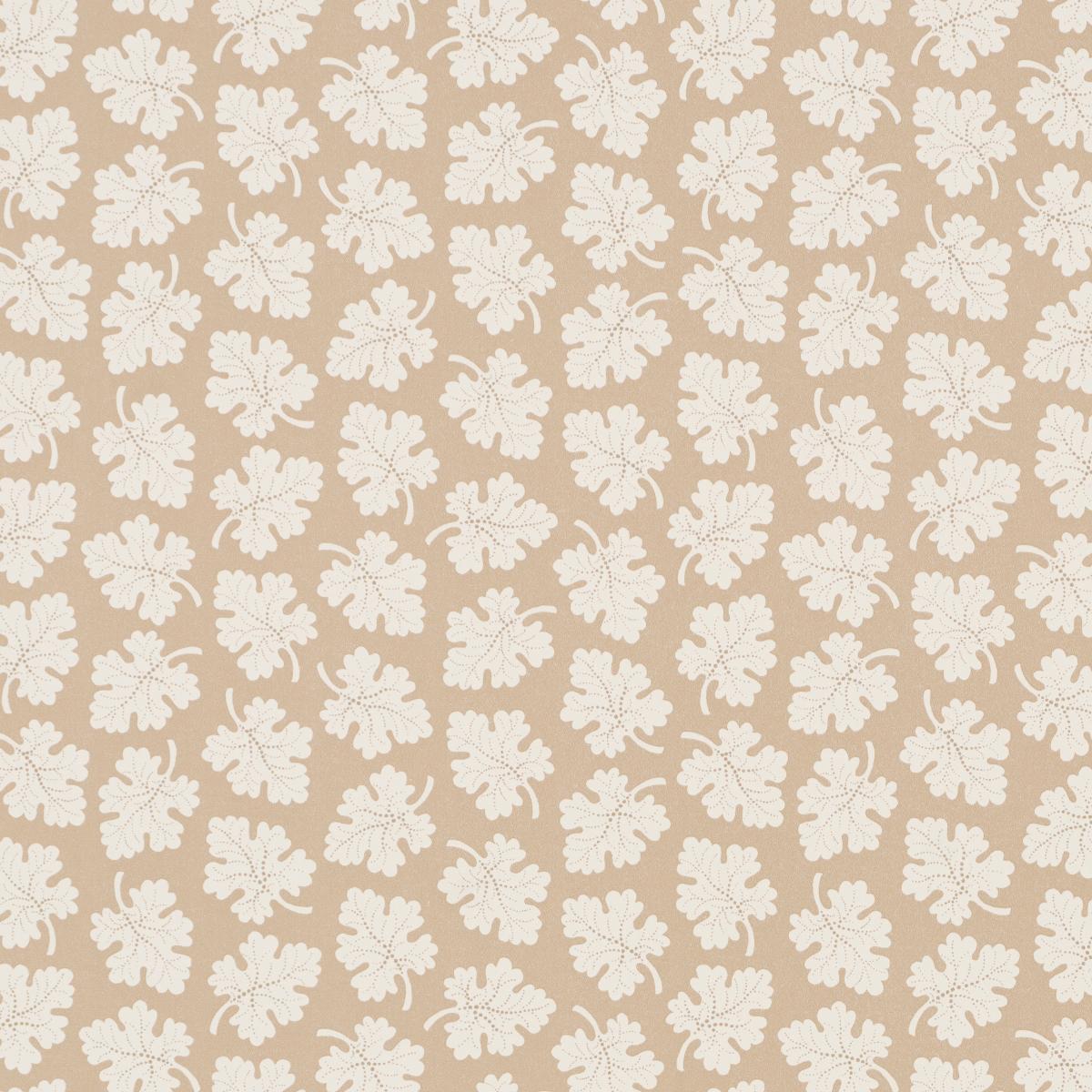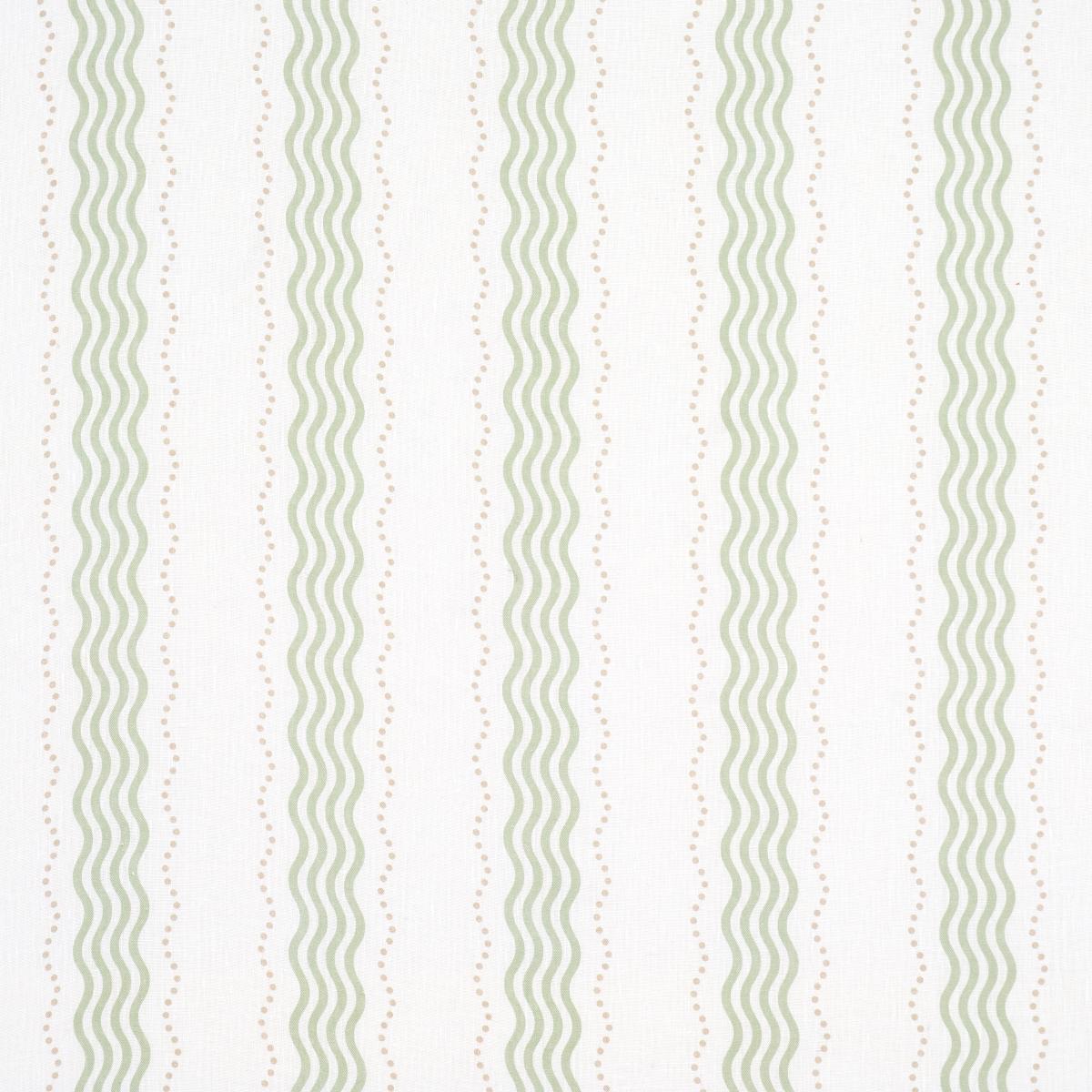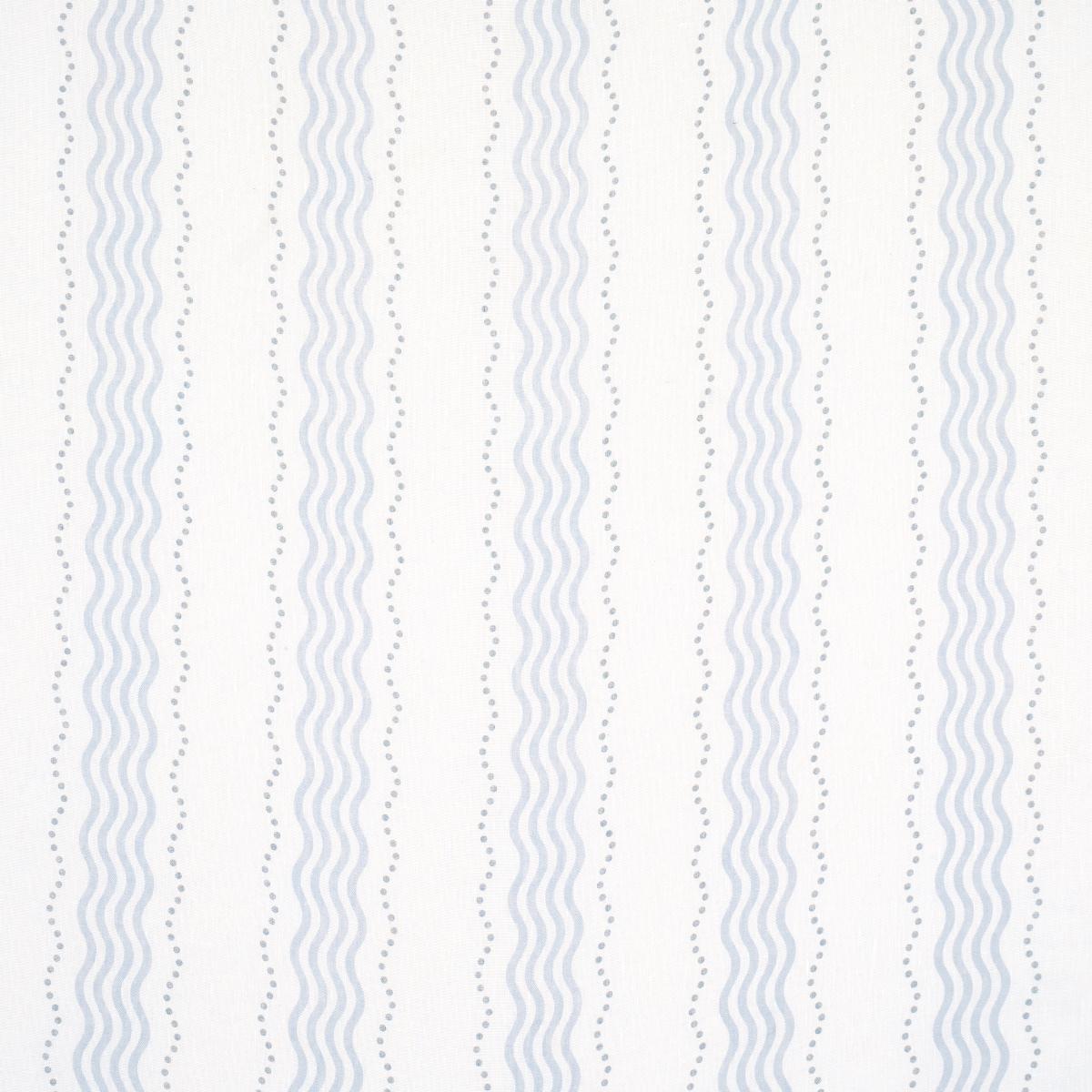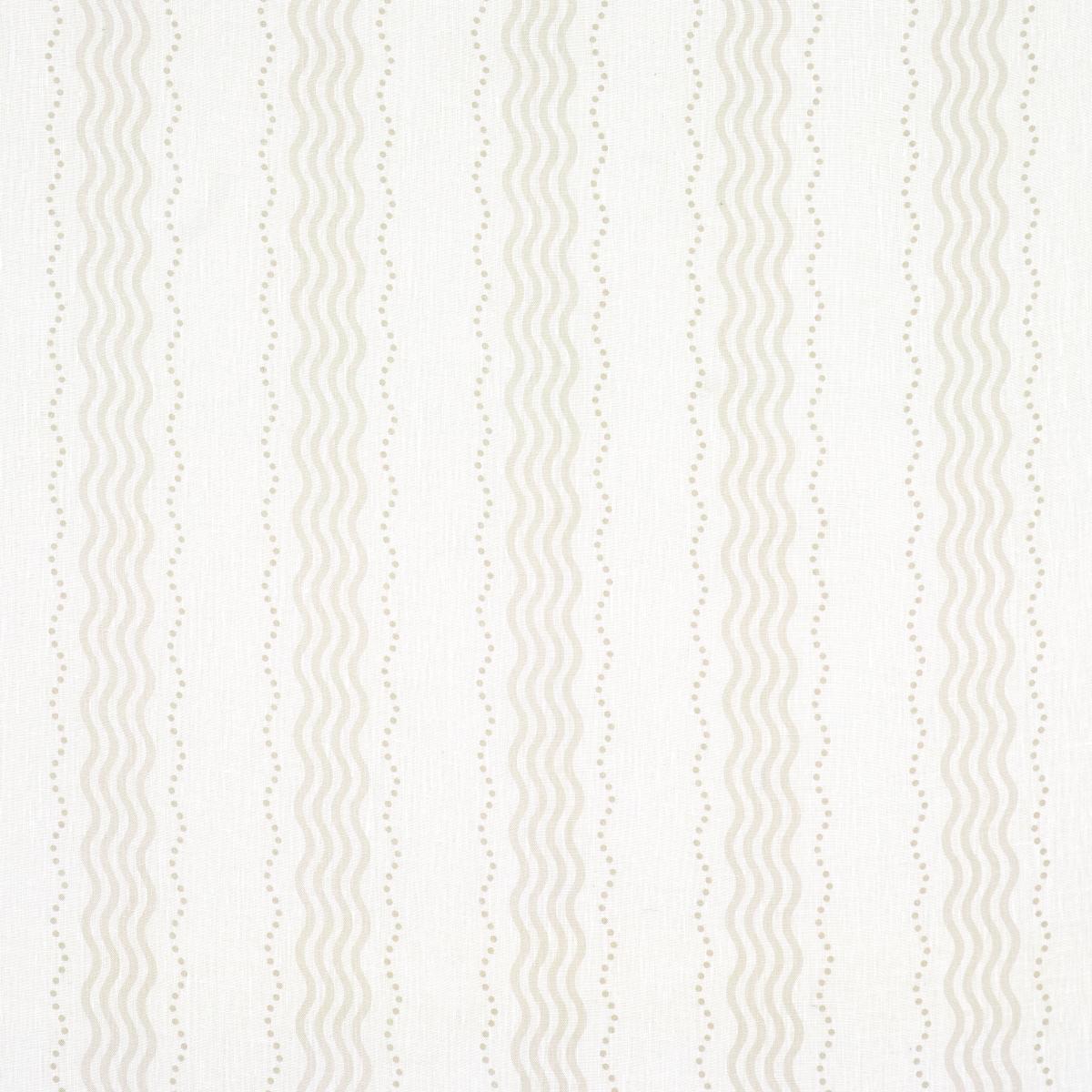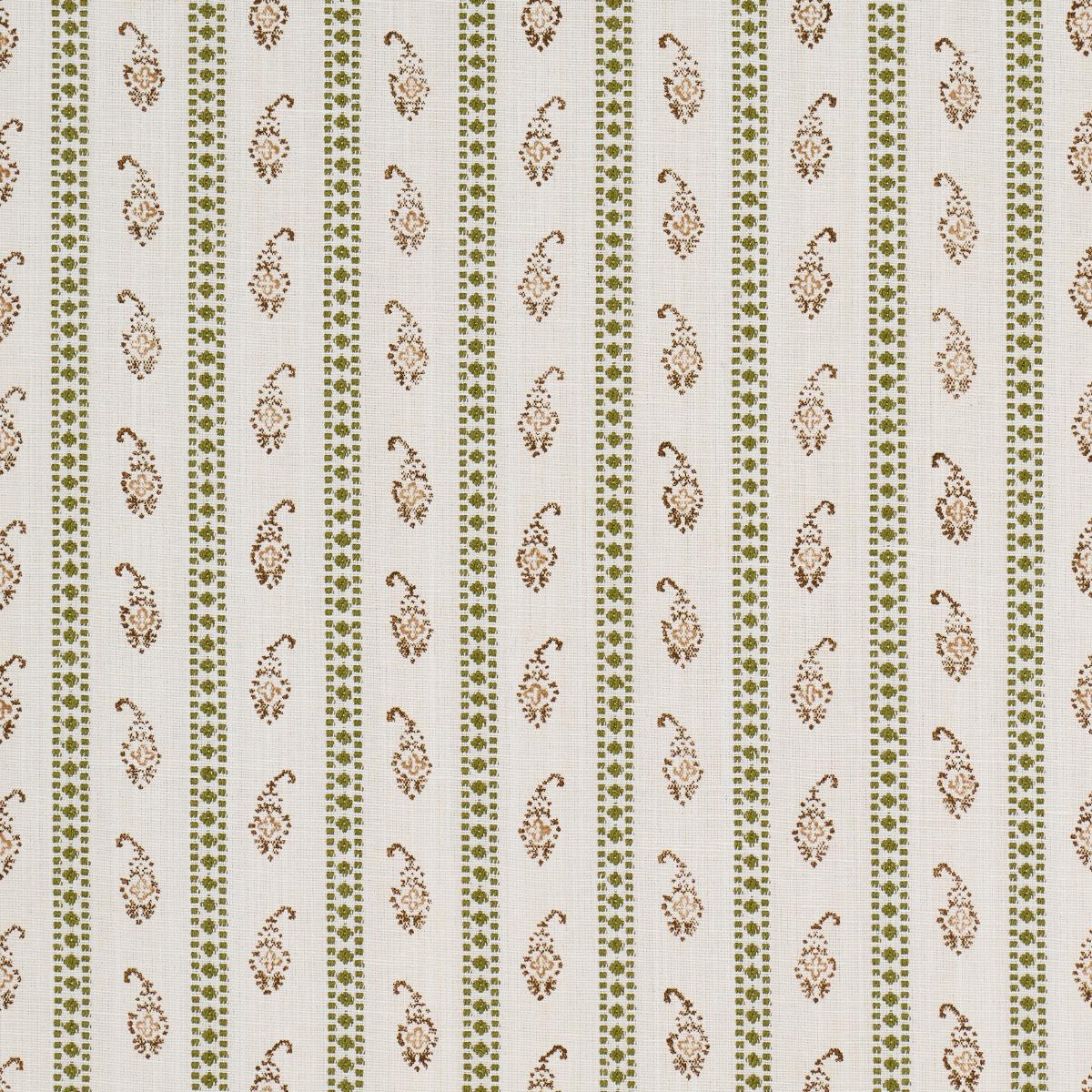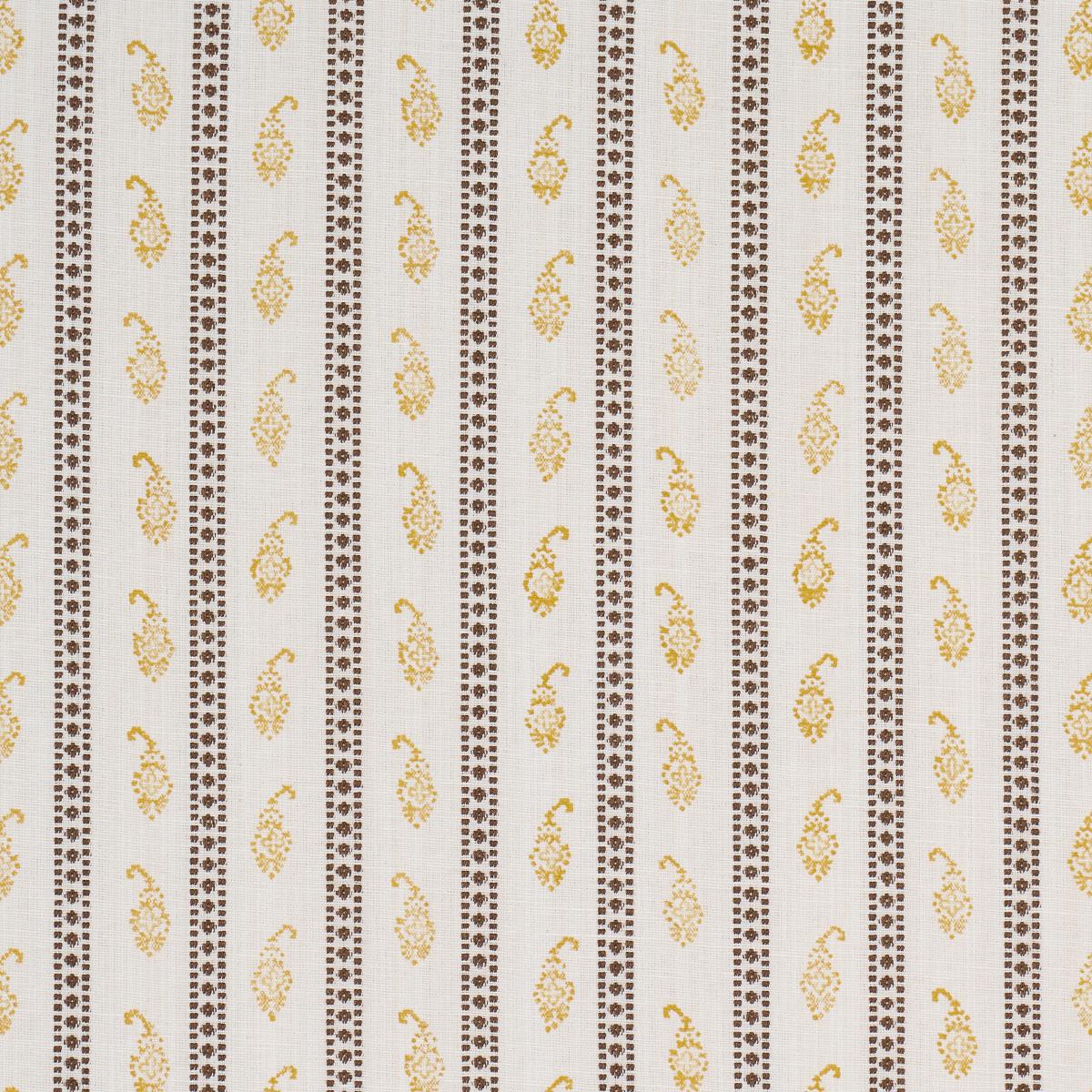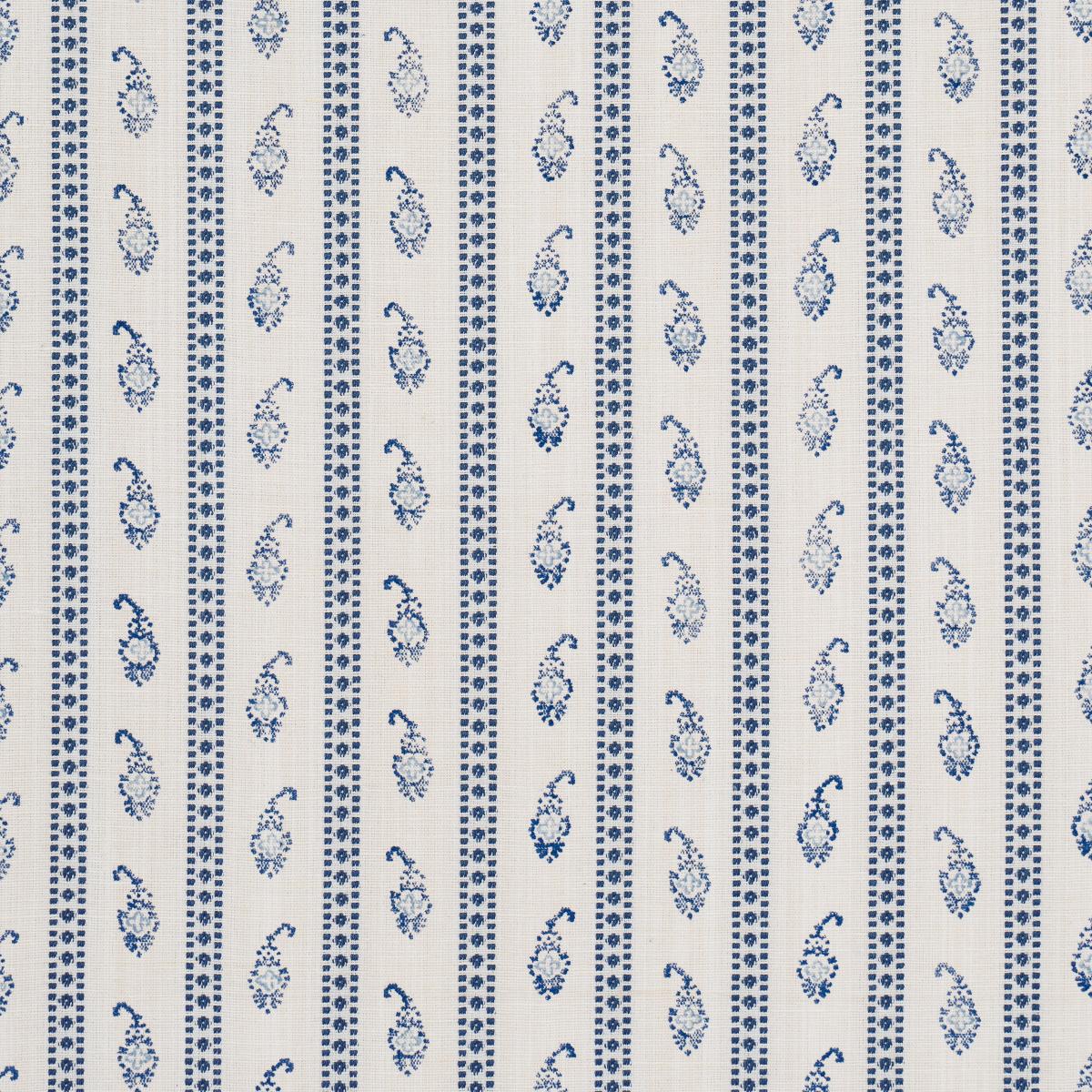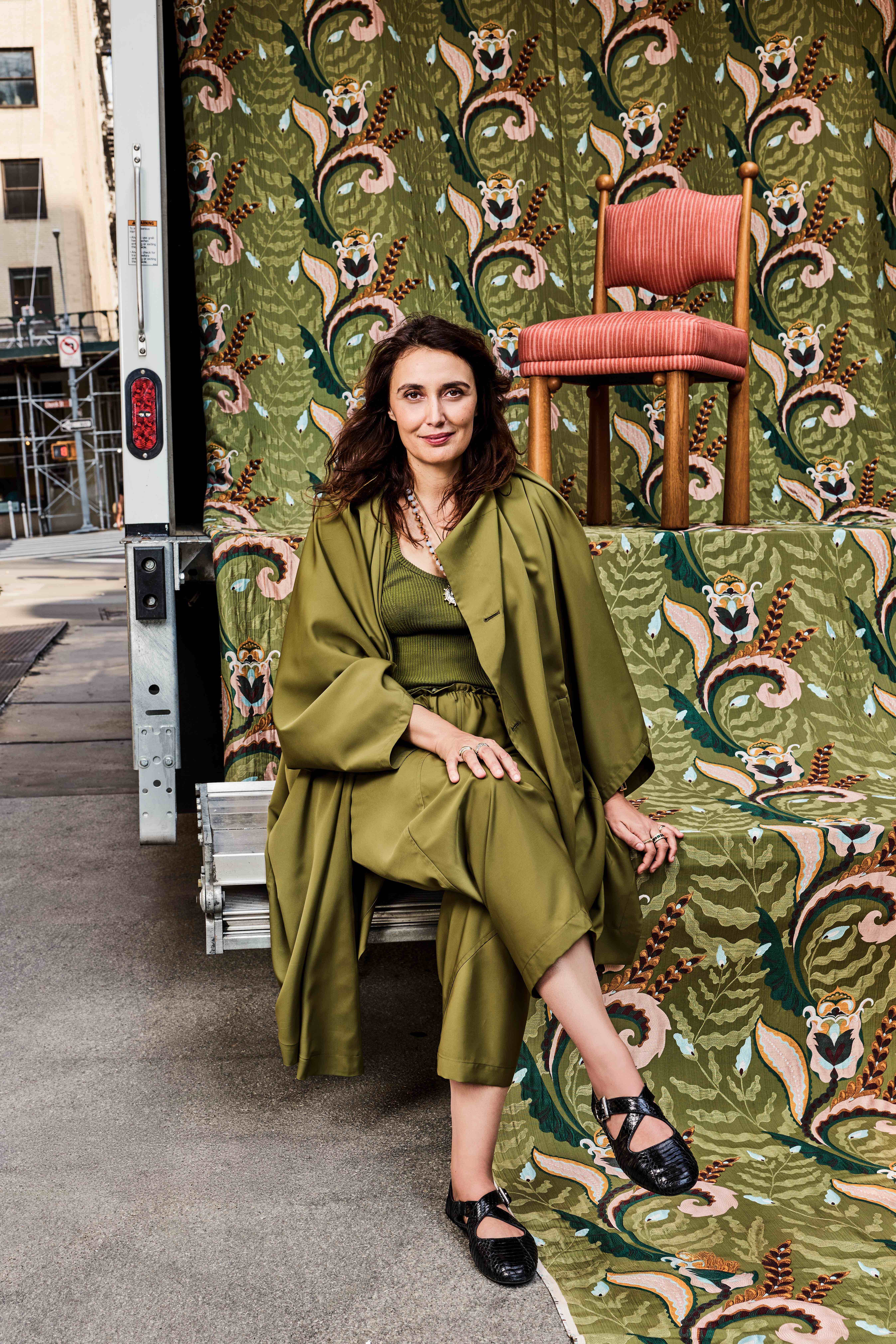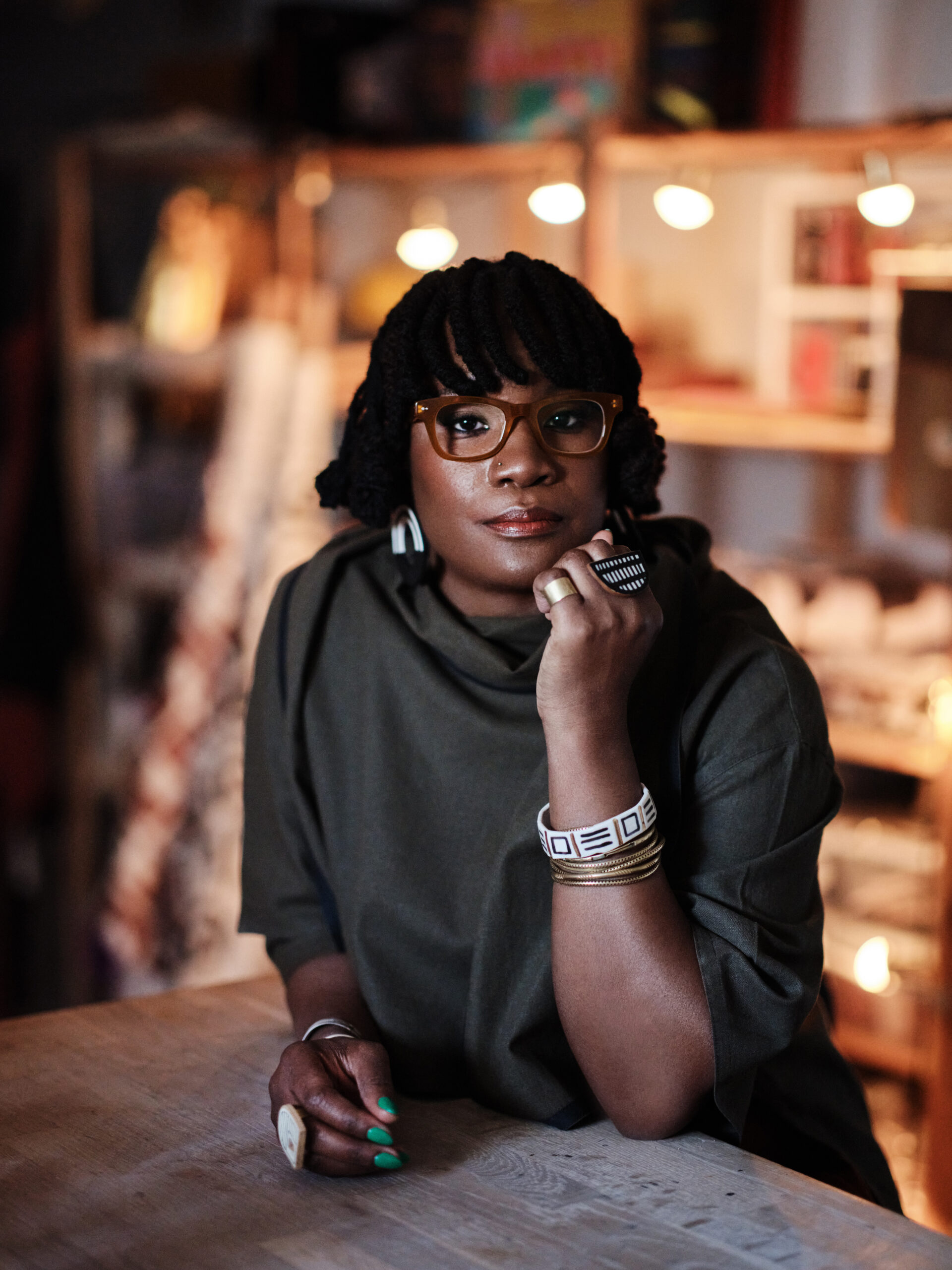A woman of prodigious gifts, London-based Rita Konig is among the savviest practitioners in the interiors field today, beloved on both sides of the Atlantic as a decorator and a design journalist. Although her rooms don’t initially come off as highwire acts, she has a knack for walking a decorating razor’s edge—creating spaces that are charming but never saccharine, sure-handed without taking themselves too seriously, and respectful of the past but never boxed in or confined by it.
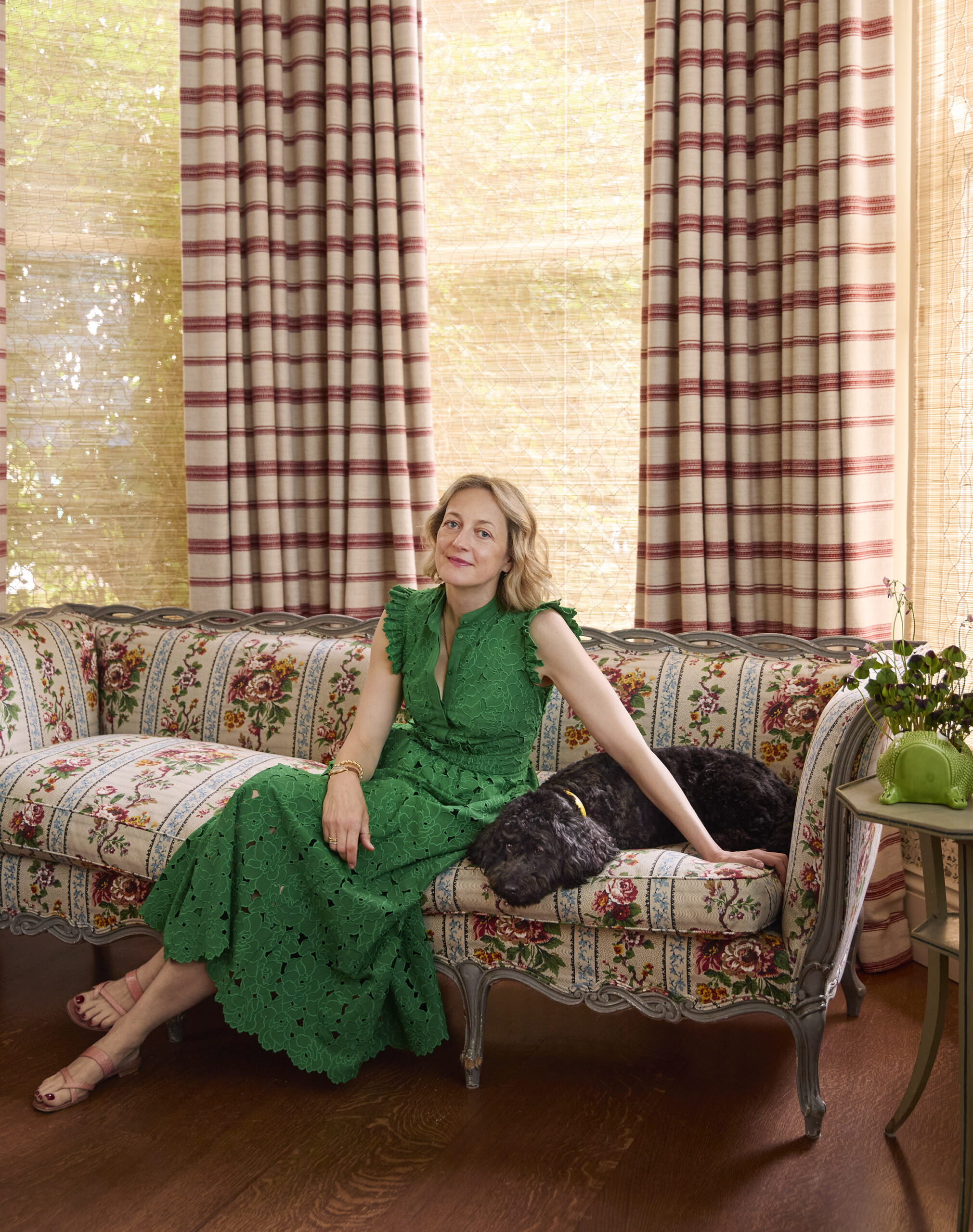
London-based designer Rita Konig partnered with the Schumacher team to create a collection of prints inspired by vintage textiles yet perfectly suited for today’s interiors. Konig was so pleased with the collection that she used a number of the designs in her recently renovated London home.
FRANCESCO LAGNESESchumacher is thrilled to have partnered with Konig on her first-ever collection of fabrics, wallpapers, and trims—an effort that was nearly four years in the making. Bringing her trademark joy, rigor, and wit to the process—she’s prone to references such as “Colman’s-mustard yellow” and “Essie-‘Bordeaux’ red”—Konig tapped into her passion for the decorative arts, in addition to her own collection of vintage and antique textiles, to produce a tightly edited collection that is deeply personal and versatile.
Like the rest of Konig’s work, this debut eludes easy categorization, incorporating a diverse array of stylistic influences. They’re just the type of patterns Konig relies on for artful layering—or for knocking a scheme ever-so-slightly off-kilter. “Rooms tend to float away when everything’s too pretty or everything goes together,” she says. “That’s usually the moment when I say, Okay—we need to mess this up a bit.”
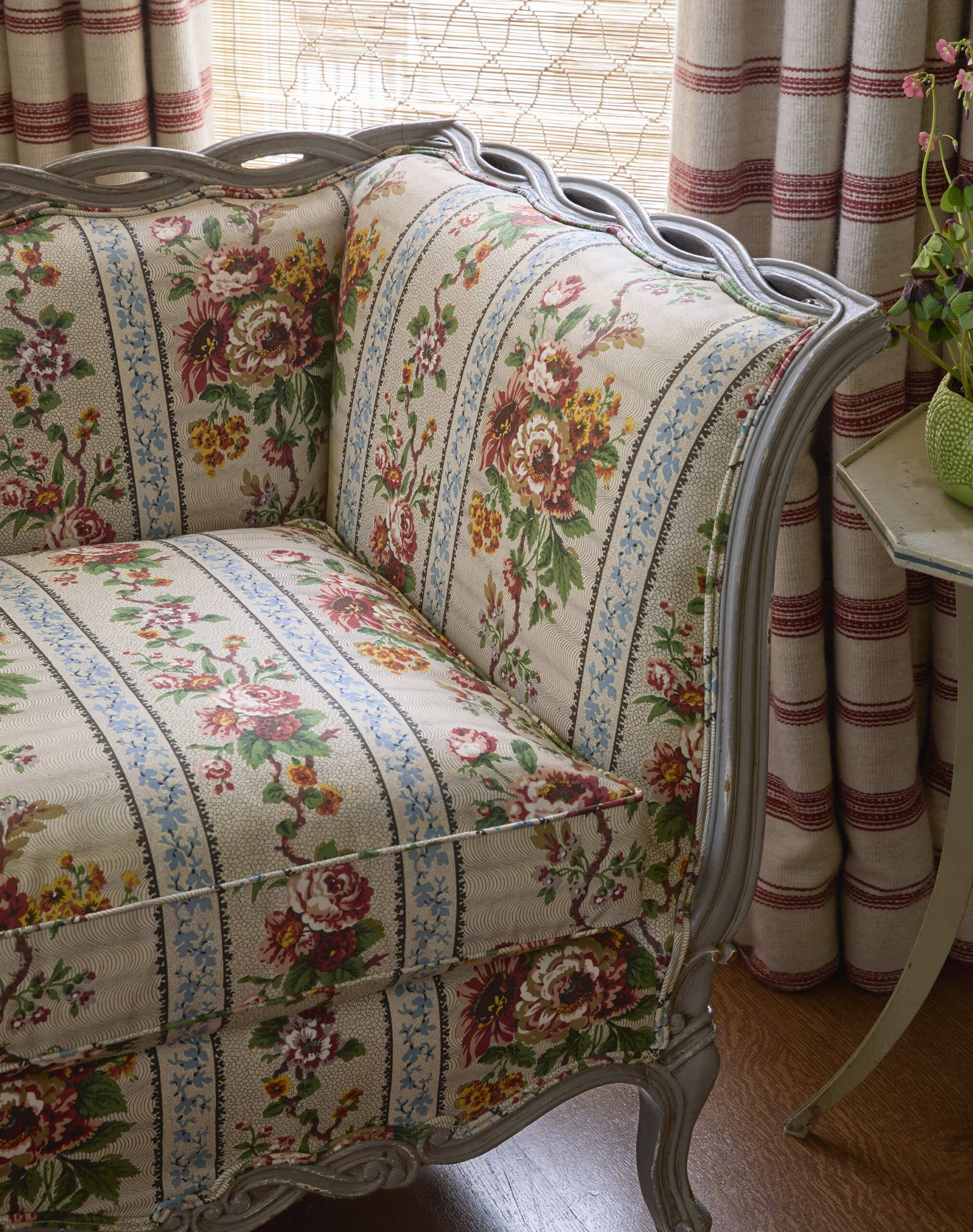
Elizabeth Chintz in Rose is a faithful re-creation of an original French document Konig picked up from a dealer. The layered floral stripe is a showstopper on a vintage sofa in Konig’s London kitchen.
FRANCESCO LAGNESEThere are two fantastic chintzes. With its embellished stripes, exquisite background details, and painterly, saturated florals, Elizabeth Chintz is Konig’s homage to the brilliance of vintage French prints. The Rose colorway is a remarkable re-creation of an antique textile in Konig’s personal collection, down to each subtle tonal shift in the finely rendered background. “The French have such a rich way of printing,” Konig muses. “I was so happy that Schumacher was able to reproduce that exactly.”
Sibyl Chintz is a romantic pattern of blowsy blooms and fluttering butterflies set on a dotted field with just a hint of irregularity. The imperfection is virtually undetectable, but for Konig it’s what gives the whole pattern substance. “You would never think it, but it makes all the difference,” she says.
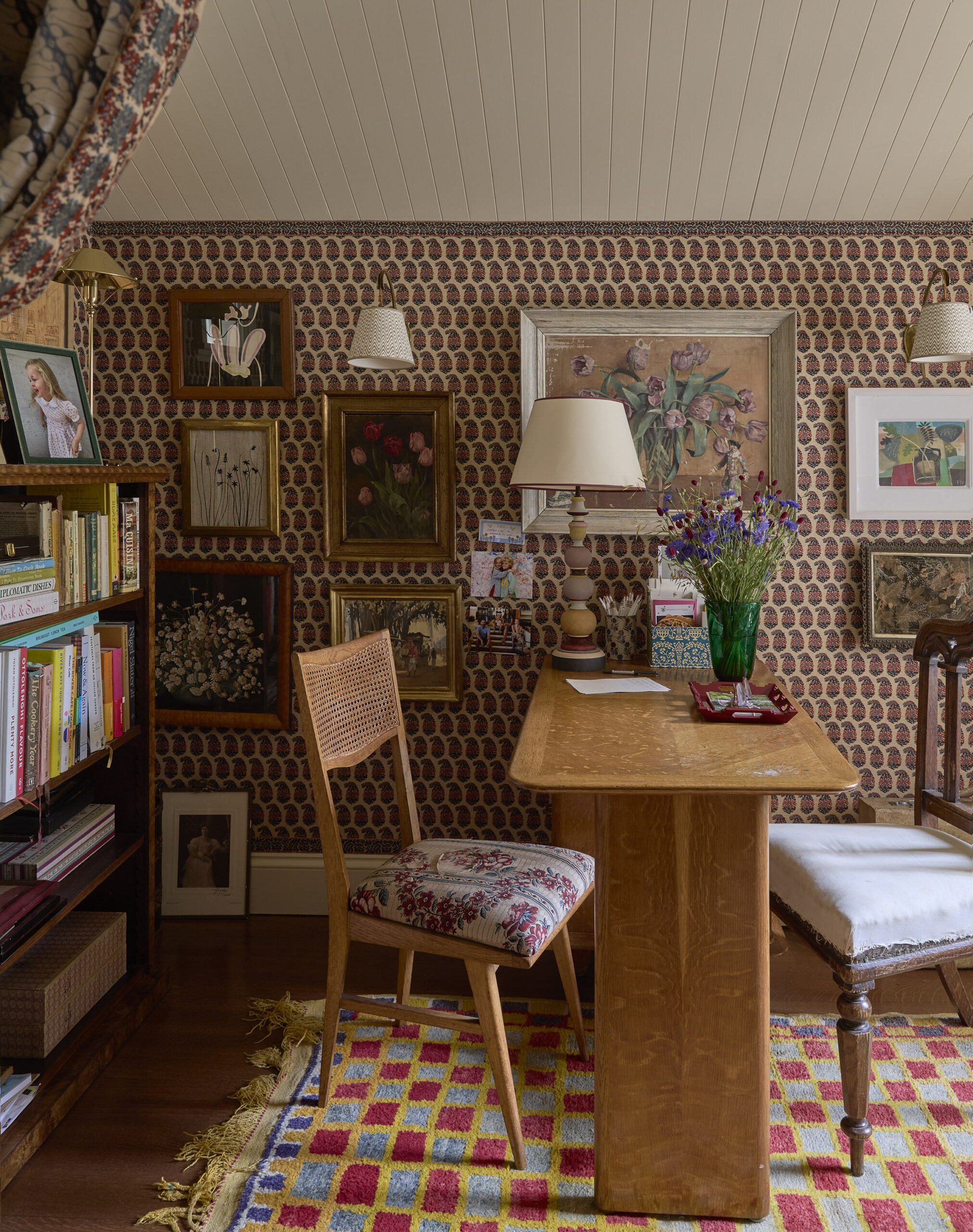
Konig upholstered the walls of her jewel-box study in Terry printed linen, trimming the border to suit the diminutive proportions of the space. A desk chair sports the original antique fabric that inspired another design in the collection, Serena Garland.
FRANCESCO LAGNESETerry is a dense paisley print based on a vintage textile that Konig found and fell in love with years ago while sourcing goods for a client. The generous border can be left intact or cut and applied in any number of ways.
The bias-stripe print Ronnie riffs on the wax-resist batiks prized by top decorators in the late 1970s and early ’80s—including Konig’s mother, legendary British interiors maven Nina Campbell. “She used to buy original batiks and make lampshades and cushions for her interiors—I love that look,” Konig says. With vintage examples now scarce, Konig was keen on the opportunity to create her own. “Producing a new batik by the yard was among my number-one goals for the collection.”
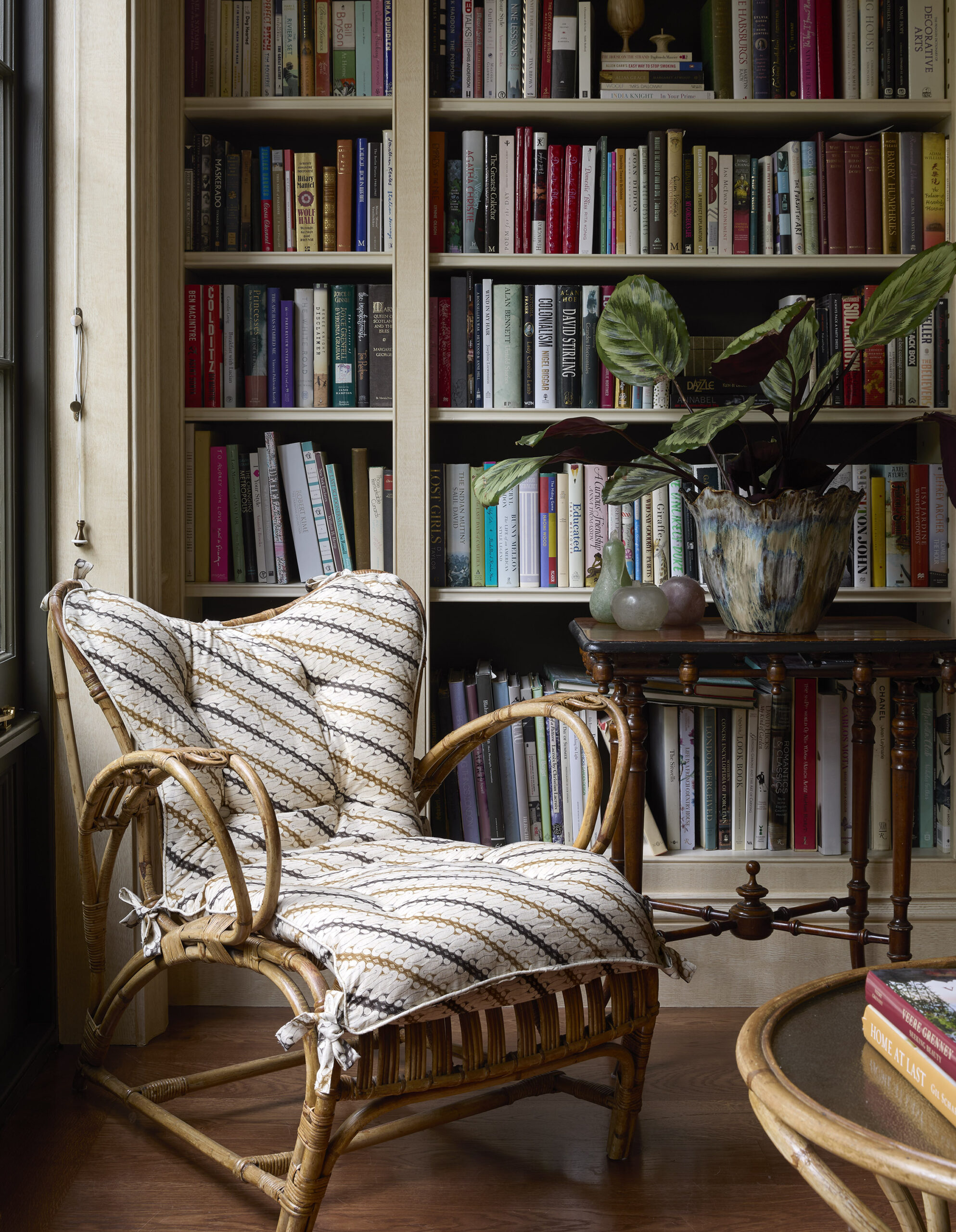
“I grew up surrounded by a lot of different textiles from around the world,” says Konig, whose mother, the renowned decorator Nina Campbell, sourced one-of-a-kind batiks to create custom lampshades and pillows. The two-tone Ronnie is Konig’s modern version.
FRANCESCO LAGNESE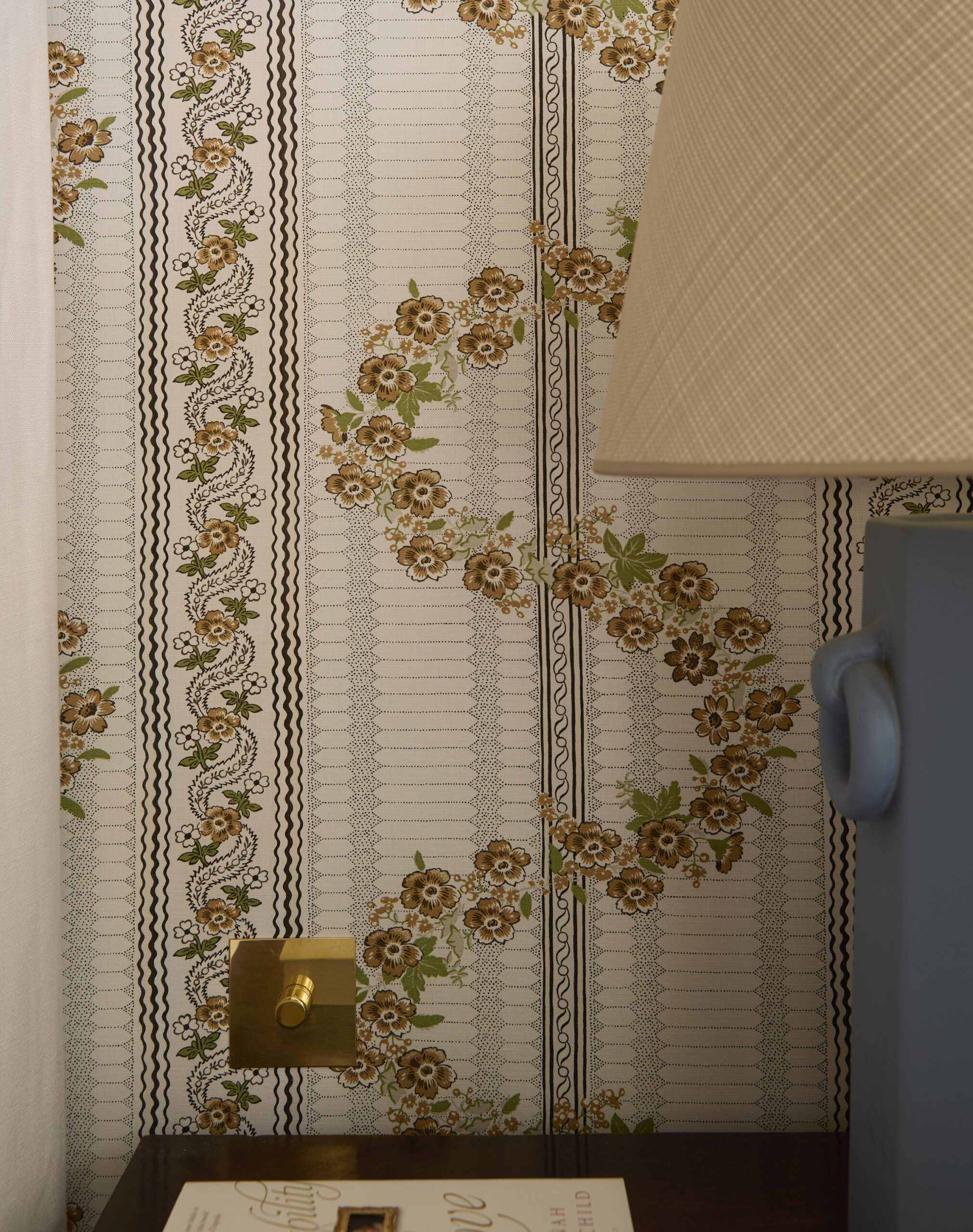
Konig upholstered the walls of her London bedroom in the Ochre colorway of Serena Garland, an exquisitely detailed floral stripe adapted from an antique French textile. “I think the yellow color is quite modern,” Konig says. “It’s almost brown, which I adore.”
FRANCESCO LAGNESEFor the cotton-linen screen-print Serena Garland, an antique document was updated by removing the thorn-spiked rose motifs and modernizing the pattern’s dimensions. “It reminds me of maypoles and midsummer,” says Konig. Serena Stripe, a companion wallpaper, feels at once crisp and pretty.
Eddie, a chic, durable woven stripe hand-blocked with a delicate paisley, has the heft and drape to function beautifully as upholstery or curtains and comes in colors that sit easily within the rest of the collection. “I think it’s really nice to have fabrics that just slide into place without matching particularly,” Konig says. “A paisley’s so good for that—it’s quite useful.”

Konig and the Schumacher studio labored over every aspect of the delicate botanical Olive, adjusting the spacing and scale of the leaf motif until it felt exactly right.
FRANCESCO LAGNESE“Rooms tend to float away when everything’s too pretty. That’s usually the moment when I say, Okay, we need to mess this up a bit.”
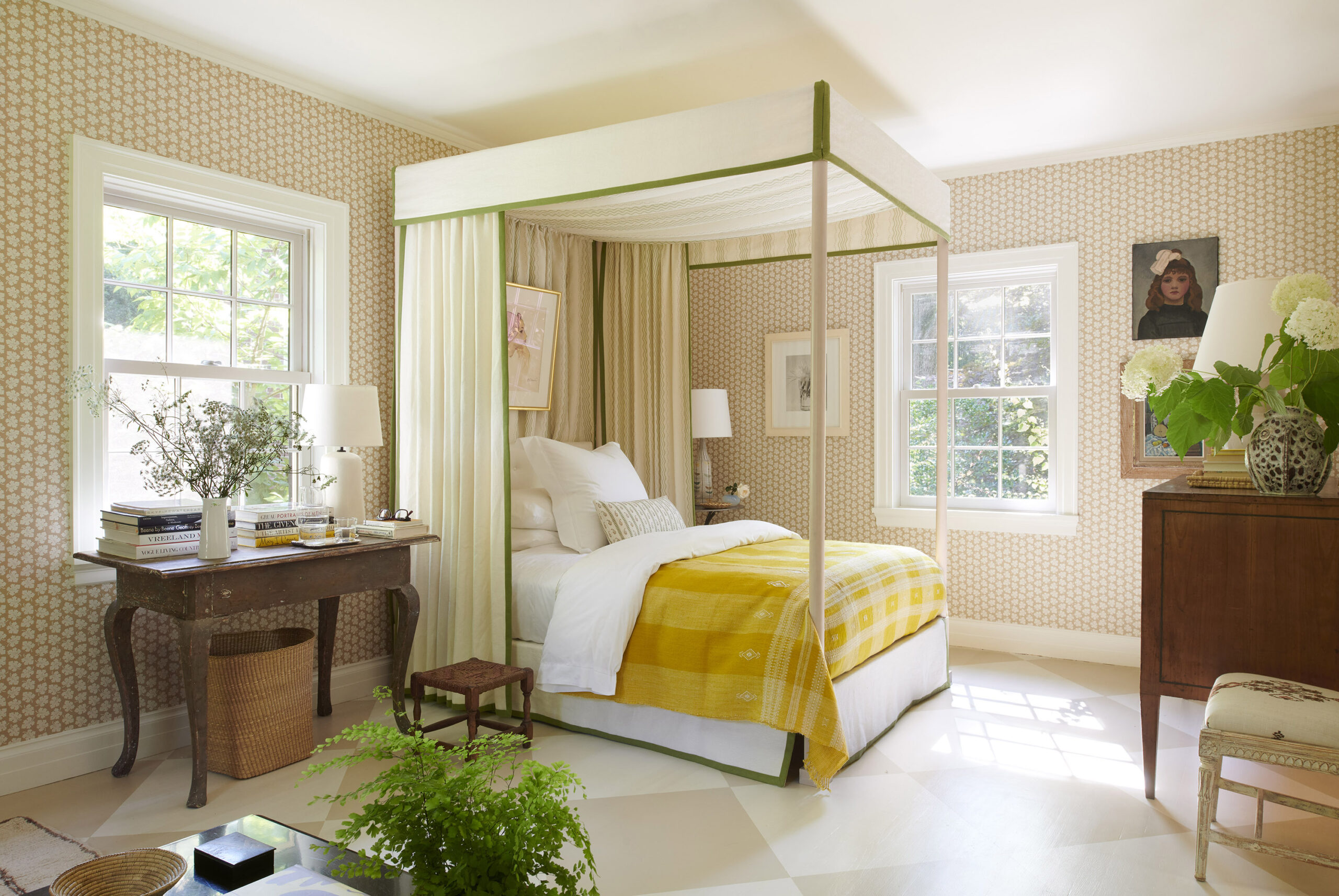
Konig paired her Olive wallpaper in Neutral with a bed canopy lined in Margot Linen Sheer. A master of the mix, Konig tempers formal design elements with more laid-back touches—and the results are both stylish and supremely comfortable.
MAX KIM-BEEThe captivating Olive—a small-scale, multidirectional print inspired by 18th-century bookbinding papers—evokes for Konig the fabulous allover-patterned rooms favored by the likes of Albert Hadley in the 1960s. And Margot Linen Sheer has a delicate wave-and-dot pattern adapted from a treasured piece of Burmese silk from Konig’s collection.
For the detail-oriented Konig, no collection would be complete without a trim. Featuring a smart, hand-screened motif that evokes a grosgrain, the linen Maximilian Tape layers beautifully with other patterns or stands on its own to elevate simple linen curtain panels, cushions, or bed valances.
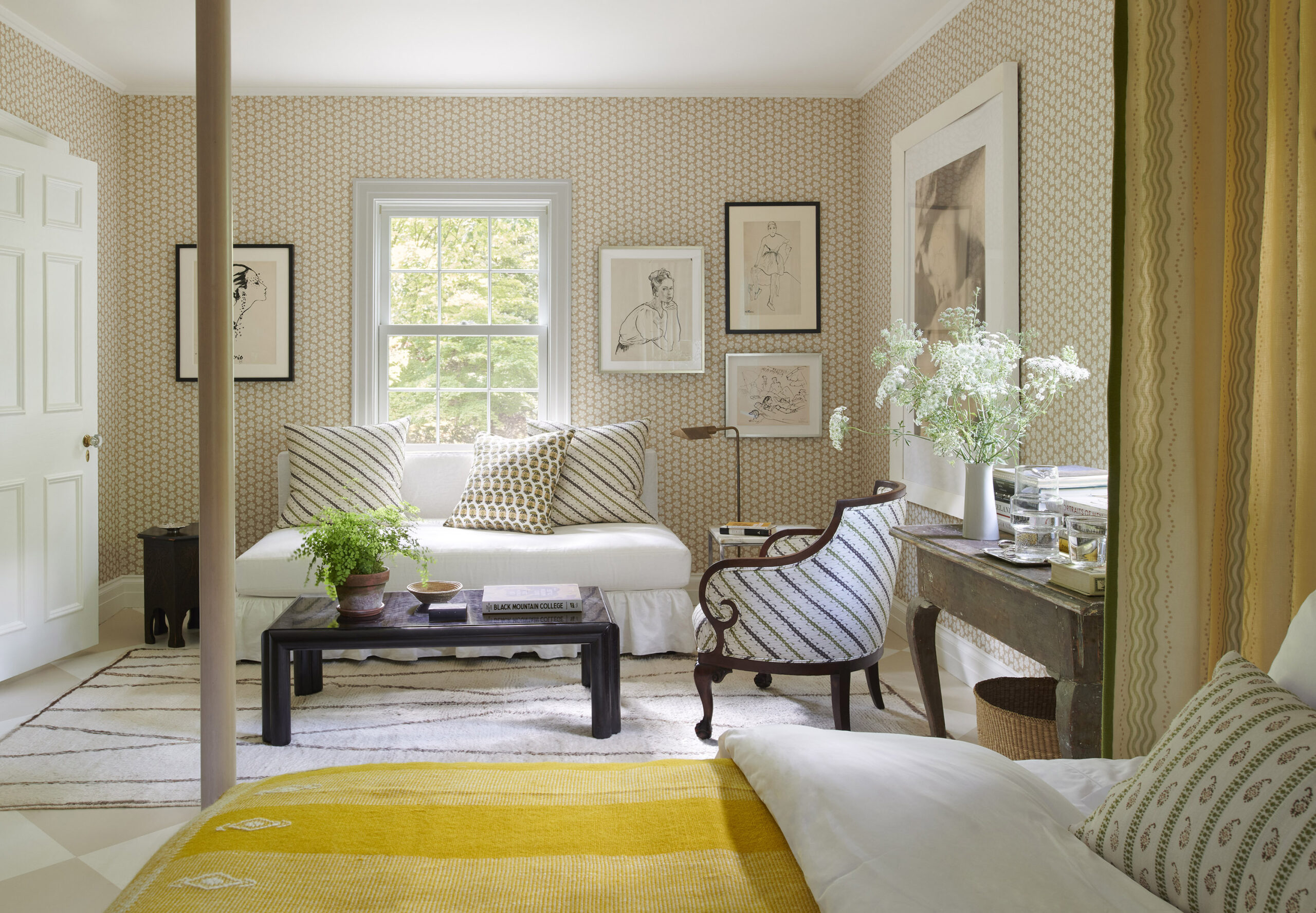
One of the collection’s through lines is a sophisticated yet accessible palette. “What’s been quite fun is taking these diverse fabrics—chintz, paisley, batik—and bringing them together with color,” Konig says. Walls in Olive wallpaper, sofa pillows in Ronnie and Terry, armchair in Ronnie, and bolster pillow in Eddie Woven Hand-Block Print.
MAX KIM-BEE“Creating a fabric and wallpaper collection is something I have wanted to do for a long time,” Konig says, “and the Schumacher studio’s exceptional knowledge of weaving and printing techniques made it a joy to work on.” As the Brits might say, we’re absolutely chuffed about it.

